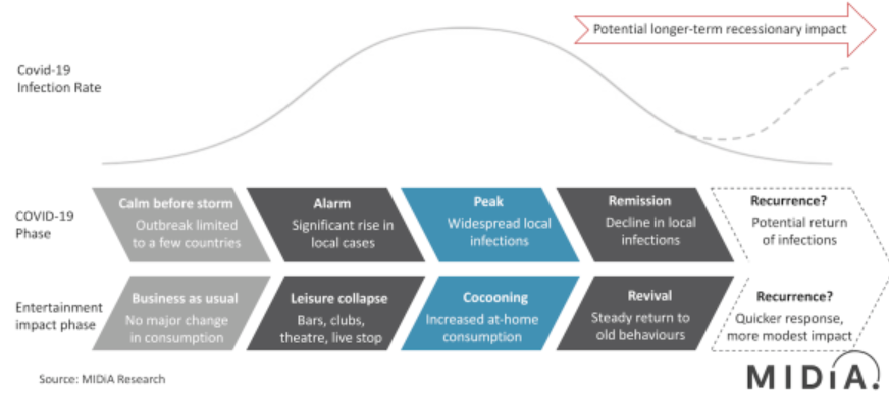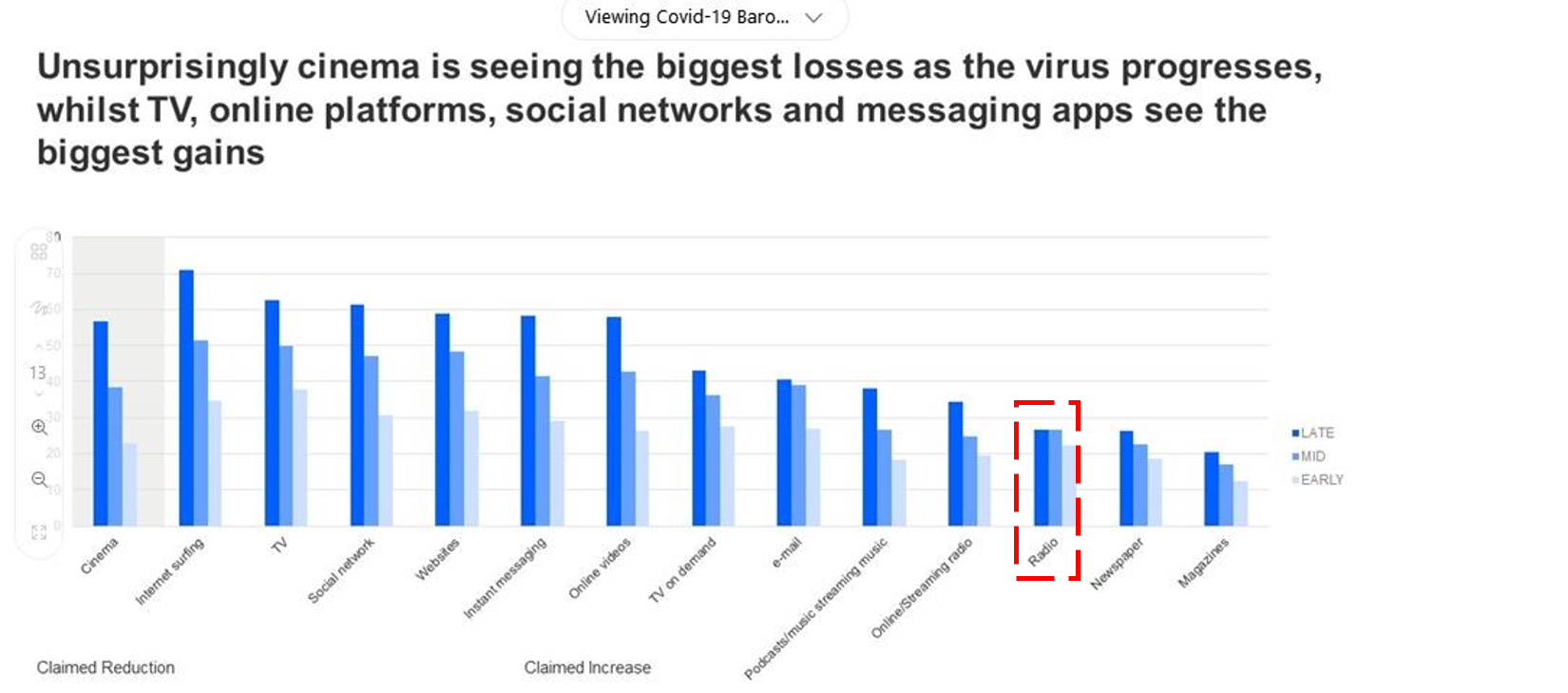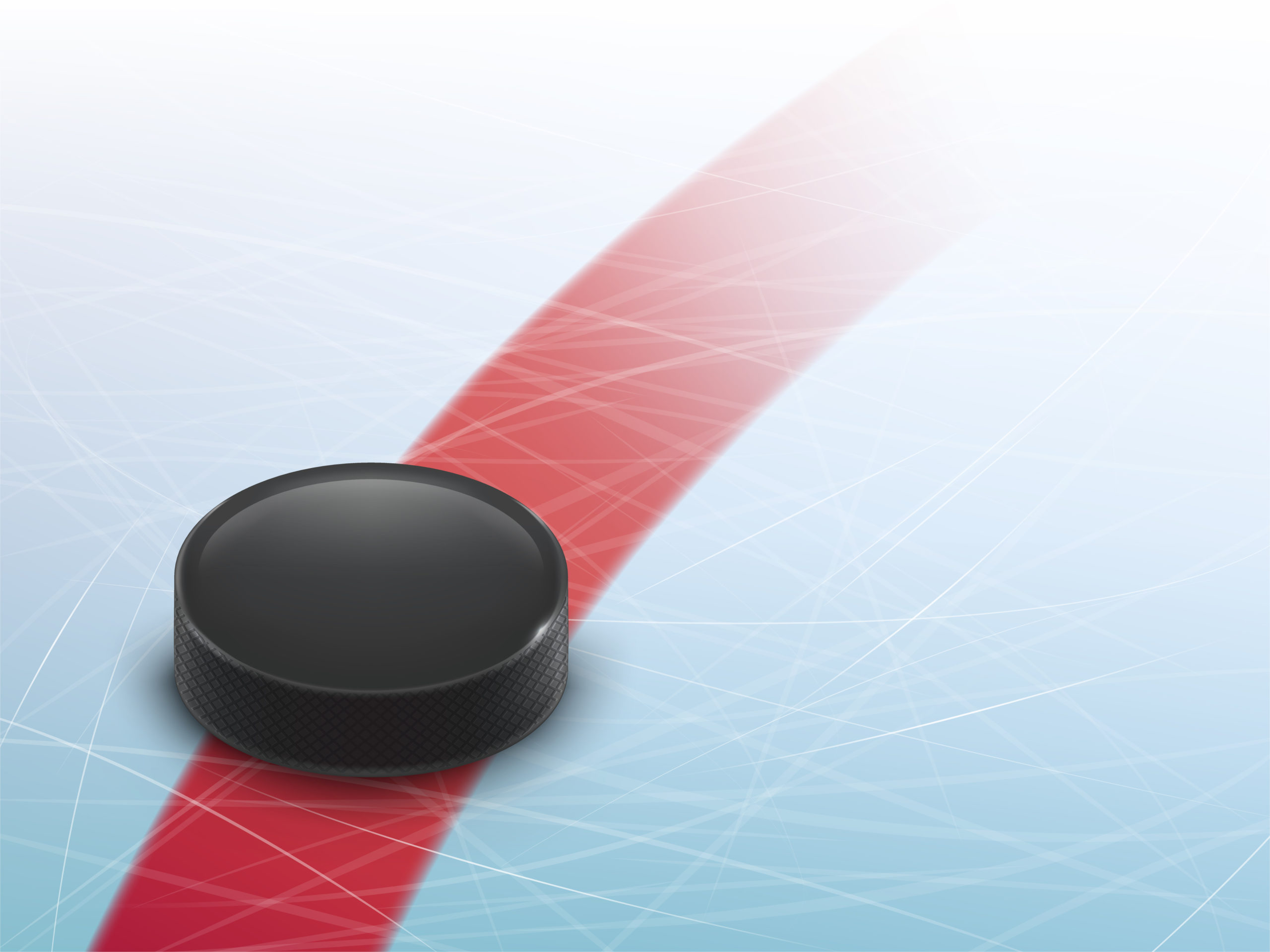
How was your weekend?
Yeah, right.
Many of us had the chance to catch our breath a bit, consider what’s been happening, and ponder what we have to look forward to as this COVID-19 nightmare plays out. As Dr. Fauci reminded us last week:
“You don’t make the timeline. The virus makes the timeline.”
We are used to being in control – or at least having the sense we were the captains of our ships – our personal lives, our jobs, our radio stations. But more and more, we’re getting accustomed to riding a roller coaster with a mind of its own.
Funny, but in the last couple weeks, no one has asked me these questions:
- What are the best-testing Lynyrd Skynyrd songs?
- Is there any new thinking on stopset placement?
- Anybody having luck monetizing their podcasts?
No, we’ve moved on. These days, I’m being asked questions like these:
- Any suggestions on a good hand lotion?
- Do you know which grocery stores offer free delivery?
- Has anybody talked to mom today?
In truth, programmers and air staffs are scrambling to make sure home studios are operational, and lines of communication allow them to maintain a strong air sound that serves listeners, advertisers, and communities.
It’s amazing how in just the last several days, our lives have been turned upside-down. Again, and again, and again.
The one thing we do know with some degree of certainty is that we’re not out of the woods by any means. And our reality will continue to change, by the day, and in some cases, by the hour.
For radio stations, the mantra is simple – keep it on the air, keep doing what you’re doing, and stay focused on your mission: entertaining, informing, or both. This is a great time to look the audience right in the eye – or ear. We’ve got their attention, and we need one another more than ever.
T he sales side is gnarlier. Companies and brands are in the middle of re-evaluating their advertising strategies. Is this the time to market? Or is it better to put everything on hold? Which media are most effective in the heart of this crisis? Where do we put our chips, or do we leave the casino altogether?
he sales side is gnarlier. Companies and brands are in the middle of re-evaluating their advertising strategies. Is this the time to market? Or is it better to put everything on hold? Which media are most effective in the heart of this crisis? Where do we put our chips, or do we leave the casino altogether?
As Simon Harwood, strategy head at the7Stars agency tells The Drum, “Brands need to find a different role to maintain visibility in this time. As ever, brands can add value and get noticed by being useful, informing, entertaining or connecting people – or a combination of all four.”
Most marketers are wrapped up in the typical “right now, today” concerns. But when you pull back from the day-to-day trench warfare we’re all enduring thanks to the merciless COVID-19 crisis, more challenging questions are arising about where this thing is headed, and what the media landscape looks like when it subsides. What will “normal” look like after we’re only washing our hands a half dozen times a day? What will we be watching and listening to when the restaurants, movie theaters, concert halls, and sports venues re-open?
I’m actually hearing those questions, too. But here’s one I heard a lot as last wrapped up:
“What will the radio industry look like on the other side of the coronavirus crisis?”
As a researcher, a programmer, a networker, and an avid reader, I’ve gotten pretty good at seeing around corners, trying to predict what’s next. This one’s much trickier, of course, but thanks to some smart thinkers in the Internet wilderness, we may be able to start piecing together the puzzle.
A new report from a UK-based media research firm, MIDia, takes several smart steps toward analyzing the landscape – now and down the road. Authors Mark Mulligan and Karol Severin make the case the virus’ impact on entertainment and leisure will follow four phases:
- Business as usual
- Leisure collapse
- Coccooniing
- Revival

You can see how media and entertainment are begin impacted, depended on which COVID-19 phase your market or hometown is in. It’s hard to find a silver cloud in all of this, but the MIDia thinks there may be one.
Researchers Mulligan and Severin calculate that as a result of “stay in place” and “work from home,” the average working consumer has 15% more time to entertain and inform herself. They also posit that if we enter a recession, the leisure space (casinos, cruise lines, etc.) will be hit much harder than media entertainment spending.
And new research from Kantar Media across 30 countries between March 14-23 gives us an indication of where the puck may be moving. It measures reported media consumption in the early, mid, and late stages of the outbreak:

The movie theater industry (note the shading above left) looks like it will take the biggest hit, especially in the earliest stages of COVID-19. But from lower audience bases to begin with, newspapers, magazines, and radio look to reap increased media usage.
That augers well for AM/FM radio, even as broadcasters are forced to shift their focus away from the typical pursuits – “drive time” and “commuting” – and toward reassessing how location listening is changing. What do consumers need from radio now? Has has the medium’s “job to do” changed since the onslaught of the virus.
 While programmers and market managers are understandably wrapped up in the day-to-day logistics of radio, it will likely fall on radio’s corporate leaders to study the trajectory of the puck, and figure out how to get their companies to skate there.
While programmers and market managers are understandably wrapped up in the day-to-day logistics of radio, it will likely fall on radio’s corporate leaders to study the trajectory of the puck, and figure out how to get their companies to skate there.
Some companies will figure this out, and make the necessary pivots. Others will keep thinking quarter to quarter (or week to week), and may miss the moment. And sadly, go out of business.
During this crisis, Jacobs Media is operating on all eight cylinders, just as we were during 9/11 and the Great Recession. Our role is shifting, too, and we’re rethinking how we can best serve our clients – and the radio broadcasting industry.
Although we’ve been engaged in digital dot connection for a couple decades now, many who didn’t see the digital tsunami coming or were in denial are now scrambling to keep up. Those who pivoted, invested, and innovated in the digital space are in a much better position to not only survive COVID-19, but to thrive in this turbulent environment.
Everyone knows success in radio is always rooted in habitual listening. And the same holds true for streaming – listening to a favorite station on a mobile app, via Alexa, or in on-demand chunks on the station website. Brands that have already established digital beachheads are in a much better position today to weather these changes – especially listeners spending less time in their cars and work stations.
This week, we’ll put our coronavirus web survey into the field – actually three different surveys, for commercial, public, and Christian music radio. We  know research can be our statistical radar, helping us to use the latest data to navigate the change that is upon us. For the moment, this saga shows no signs of abating, but we know every story has a beginning, a middle, and an end.
know research can be our statistical radar, helping us to use the latest data to navigate the change that is upon us. For the moment, this saga shows no signs of abating, but we know every story has a beginning, a middle, and an end.
Our more than 200 radio station stakeholders for this new venture (thank you) will receive market-level data for their core listeners, a critical read toward understanding where we are and where we’re headed. We will share the top-line findings with the entire radio industry, in the hope that all boats rise with new information about our radically changing environment.
Even though the virus “makes the timeline,” we can still brainstorm, strategize, plan, and execute to ensure that when it ends, we’re smarter and stronger than we were before “social distancing” became the norm.
For a summary of the MIDiA research, click here. Thanks to Paul Jacobs for digging it up & for the kick in the butt from Beverlee Brannigan.
- What To Do If Your Radio Station Goes Through A Midlife Crisis - April 25, 2025
- A 2020 Lesson?It Could All Be Gone In A Flash - April 24, 2025
- How AI Can Give Radio Personalities More…PERSONALITY - April 23, 2025




Leave a Reply